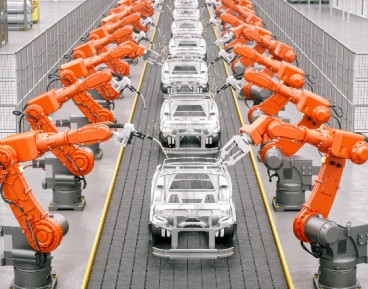German automotive industry at a crossroads
Kategoria: Business

(CC BY-SA Argonne National Laboratory)
It is more than 50 years since the establishment of the first modern special economic zones. But it is only relatively recently, particularly since the 1990s, that their popularity as a policy instrument has taken off. The International Labour Organization‘s database of special economic zones reported 176 zones in 47 countries in 1986; by 2006 this had risen to 3,500 zones in 130 countries (Boyenge 2007). Traditional export-processing zones (EPZs) were designed to attract investment by enabling countries to better exploit a key source of comparative advantage – low-cost labour – which was otherwise underutilised because of low levels of domestic investment and barriers (regulatory, infrastructure, etc.) preventing foreign direct investment (FDI). These EPZs have operated under simple principles:
To maintain control, EPZs have normally been fenced-in estates with strict customs controls at entry, and sales are typically restricted mainly to export markets.
The model has been extremely successful in many countries. For example, it allowed the Dominican Republic to create more than 100,000 manufacturing jobs and shift dramatically away from reliance on agriculture. Similar stories of industrialisation and job creation can be seen in Mauritius, Korea, Taiwan, Honduras, El Salvador, and Madagascar, and more recently in Bangladesh and Vietnam. But the success of traditional EPZ programmes owes something in part to an unprecedented era of globalisation of trade and investment that took place since the 1970s and accelerated during the 1990s and 2000s, enabled by the vertical and spatial fragmentation of manufacturing into highly integrated global production networks. It is clear that this model of zones is now increasingly running up against its limitations. Indeed, it is perhaps no longer fit for purpose, given the changing macroeconomic and regulatory environment in the global economy.
> czytaj też: Irlandia zgarnia dużych inwestorów



